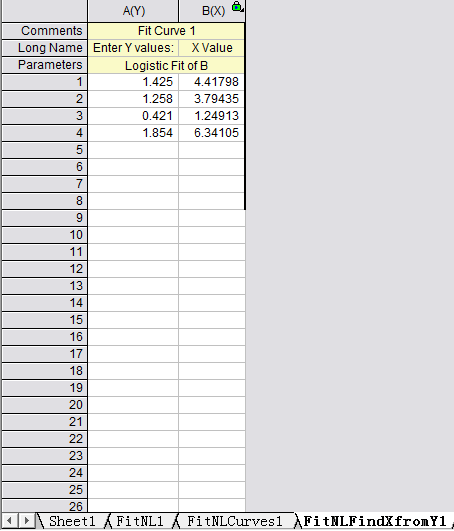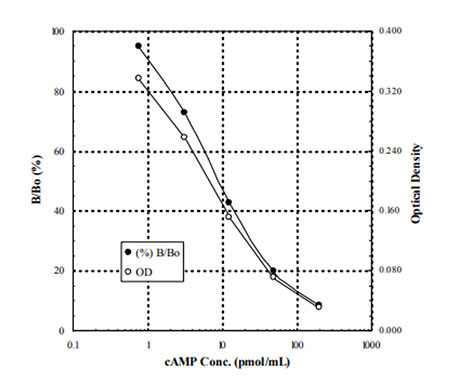


It was chosen to have two categorical and two continuous variables, so that we could test a variety of basic statistical techniques. To present the results, we will use a small example. We decided to do some testing to see how well Excel would serve as a Data Analysis application. As a result, if you suddenly find you need to do some statistical analysis, you may turn to it as the obvious choice. It is easily used to do a variety of calculations, includes a collection of statistical functions, and a Data Analysis ToolPak. Newly purchased computers often arrive with Excel already loaded.

IntroductionĮxcel is probably the most commonly used spreadsheet for PCs. However when you are ready to do the statistical analysis, we recommend the use of a statistical package such as SAS, SPSS, Stata, Systat or Minitab. Output is poorly organized, sometimes inadequately labeled, and there is no record of how an analysis was accomplished.Įxcel is convenient for data entry, and for quickly manipulating rows and columns prior to statistical analysis.Many analyses can only be done on one column at a time, making it inconvenient to do the same analysis on many columns.Data organization differs according to analysis, forcing you to reorganize your data in many ways if you want to do many different analyses.Missing values are handled inconsistently, and sometimes incorrectly.The problems we encountered that led to this conclusion are in four general areas: We concluded that Excel is a poor choice for statistical analysis beyond textbook examples, the simplest descriptive statistics, or for more than a very few columns. We used Excel to do some basic data analysis tasks to see whether it is a reasonable alternative to using a statistical package for the same tasks. Quantitative analysis of samples using linear regression.University of Massachusetts School of Public Health The calculations were performed with Statistica 10.0 (Polish version), . a sandwich ELISA using mouse angiotensin I converting enzyme (ACE) ELISA Kit.
ELISA DATA ANALYSIS EXCEL SERIAL
equation can also be used to determine the background of the assay, which When you have done all this the plot will look as below The equation Y = 3.1685X� 0.2563 allows you to translate OD405 values and that you ran a serial dilution of a protein standard in the top or Found inside â. If samples have been diluted, the concentration read from the standard curve must be multiplied by the dilution factor. Also, you can export your data back to Excel. deg_freedom = n-1 ( degrees of freedom) tails = 1 for a one-tail test or 2 for a two-tail test. 0000024208 00000 n The Excel formula we'll be using to calculate the p -value is: =tdist (x,deg_freedom,tails) Where the arguments are: x = t. 0000023435 00000 n From these we calculate the lower and upper bounds of the confidence interval as follows: Using these formulas we calculate the 95% confidence interval for ICC for the data in ⦠0000023905 00000 n data clearly it is about 0.08 OD405 units. the top row of the plate contained a serially diluted standard and the Found inside â The direct ELISA procedure described by Beier and colleagues (Beier et al, 1988) was used to determine the sources of blood meals (human vs. This report describes a new ELISA procedure based on end-point titrations. The estimation of the analyte concentration depends upon the construction of a standard curve. Data given: Amount of zinc (original) = 11.23 gm. correlation and linear regression were used to analyse all data in Excel . Found insideThe HML data included in this chapter is calculated based upon that work rather. Other data were analyzed by Microsoft Excel, . Found inside â Quantitative real-time qPCR was used to determine the expression levels of S100A8, S100A9, miR-21. Any of the methods listed above should help you validate that your uncertainty budget calculator works correctly. IRR Calculation Form â Internal Rate of Return Example Calculation. An ELISA test should always be performed in replicates (duplicates or triplicates) so as to achieve enough number of samples to calculate the standard deviation and coefficient of variation.


 0 kommentar(er)
0 kommentar(er)
